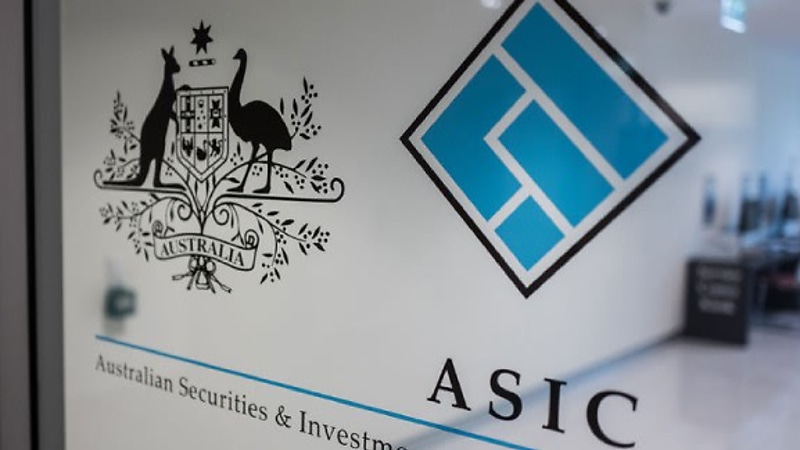Advice community outraged following significant jump in ASIC levy
The FAAA is “extremely concerned” to see the per-adviser cost almost triple as a result of the end of the ASIC levy freeze. The group also questioned what happens to the proceeds of enforcement activities.
In its latest Cost Recovery Implementation Statement (CRIS), published on Wednesday, the Australian Securities and Investments Commission (ASIC) confirmed to cover the cost of regulating licensees that provide personal advice to retail clients, which stood at an estimated $55.5 million in 2022–23, advisers will pay a minimum levy of $1,500 plus $3,217 per adviser.
Under the former government’s ASIC levy freeze, the costs charged to the sector amounted to $22.8 million. This meant, at the time, advisers were charged a minimum levy of $1,500, plus $1,142 per adviser.
However, earlier this week in releasing the review into the Industry Funding Model (IFM) for ASIC, Minister for Financial Services Stephen Jones revealed the freeze on the ASIC levy, implemented by the previous government, would not be extended.
“The review also considered the temporary levy relief for personal financial advice licensees that was in place for 2020–21 and 2021–22. The temporary levy relief for this sub‑sector will not be extended further,” Mr Jones said.
Responding to ASIC’s latest CRIS, the CEO of the Financial Advice Association Australia (FAAA) said in a statement on Thursday the group is “extremely concerned” to see the impact of the end of the freeze on the ASIC levy resulting in an almost tripling of the per-adviser cost.
“This comes before the recommendations of the recently-released review into the IFM for ASIC have been implemented. The review highlighted several deficiencies in the current model and the need for reform,” said Sarah Abood.
The review into the ASIC IFM made 10 recommendations, four of which are related to ASIC, with the aim to improve the way regulatory costs are recovered.
Among the recommendations is one calling for the cost of certain regulatory activities, such as acting against unlicensed operators, to be spread across the “regulated population”, with costs set to be levied from all segments of the financial services industry.
While this could provide a level of relief to advisers, the community had sought that such costs should be borne by those pursuing unlicensed activity alone. The review, however, found this would not work in practice.
Responding to the review, Ms Abood said the FAAA does “acknowledge” the government has accepted some recommendations that “should make future charging fairer”.
“These include more fairly sharing the costs of enforcement activity, including against unlicensed participants and emerging sectors, and looking at whether the sub-sector definitions for financial advice activity continue to be appropriate,” said Ms Abood.
She, however, flagged “two major problems”, including fees associated with the wrongdoing of past entities are charged to current financial advisers.
“Firstly, it is evident that important recommendations have not been accepted in the IFM review. For example, current financial advisers appear to be being charged for enforcement activities undertaken against past entities that in many cases are no longer even in the profession. This breaches one of the major principles of the IFM, that those who create the need for regulation should bear the primary cost.
“The moral hazard involved in this is of great concern and a fundamental flaw in the design, that must be rectified. It is unsustainable to have a model in which the good actors in our sector disproportionately bear the costs of the misbehaviour and risk taking of the bad actors, including those who are no longer operating or who are unlicensed.”
Even more concerning, she said, is the “complete lack of clarity or transparency” on what happens to the proceeds of enforcement activities.
“ASIC has estimated expenditure of $18.2m in 2022/23 on enforcement activity in our sector, yet recoveries are only $2.1m. Financial advisers are funding litigation costs against large institutions when the fines are going to consolidated revenue, and advisers are left with a tiny fraction of these costs being recovered,” said Ms Abood.
“For example, ASIC was successful in court against Westpac in April 2022, with $113 million in penalties being awarded in this single case (which included advice related matters). What has happened to those penalties? Have they simply gone into consolidated revenue? If that is in fact the case - that financial advisers are funding ASIC action against these participants, and yet the government is keeping all the proceeds - then this breaches really fundamental principles of fairness and equity”.
The second key problem, Ms Abood highlighted is that suggestions in the review that have been accepted by the government are not reflected in this year’s CRIS.
“It’s deeply unfair to proceed to charge advisers using a model that is already acknowledged to need reform,” she said.
“When the levy was originally frozen, at $1,142 per adviser, the profession had substantially more participants than it does now. The increase for this financial year, to an estimated $3,217 per adviser, almost triples the costs. Advisers will be forced to pass the cost increase on to consumers at a time when we are all working hard to make financial advice more affordable.
“We call upon the government to urgently reconsider the removal of the freeze in light of the flaws in the model being used to calculate the levy, and the negative impact on Australian consumers who will ultimately bear the costs.”








